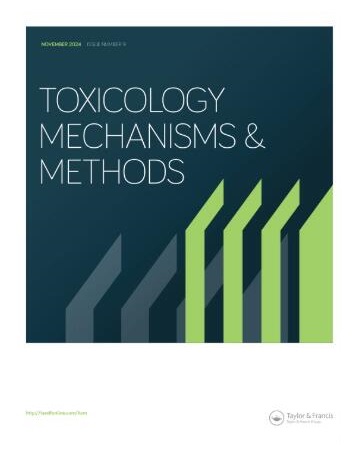深入了解黄斑类胡萝卜素在工业生产、安全性、定向组织输送和生物利用率方面的理化稳定性。
IF 3.2
4区 医学
Q1 Pharmacology, Toxicology and Pharmaceutics
引用次数: 0
摘要
叶黄素、玉米黄质和中玉米黄质统称为黄斑色素,是优化眼睛中心视力不可或缺的关键类胡萝卜素。因此,人们利用富含类胡萝卜素的花卉(如金盏花和金盏菊)或单细胞光合藻类(如杜纳利藻)开发出了商业化的营养保健品和功能食品。富含黄斑色素的此类产品的工业配方往往在稳定性、输送和生物利用率方面遭遇严重瓶颈。由于这些色素具有很强的亲脂性,而且含有共轭双键,因此它们的溶解性和氧化是导致保质期缩短的两个主要因素。因此,就保质期和定向递送而言,油基配方往往比粉末配方更合适。在某些情况下,在配方中添加酚酸还能通过增强胶束化提高产品价值。在这方面,我们的实验室利用特级初榨橄榄油和菜籽油胶体溶液中的万寿菊提取物,并添加了百里香油、生育酚和抗坏血酸棕榈酸酯等抗氧化剂,开发出了一种新型的专有色素配方。这篇综述文章介绍了工业化生产的黄斑类胡萝卜素的稳定性和生物利用度,以及它们的安全性和可溶性问题。本文章由计算机程序翻译,如有差异,请以英文原文为准。
A critical insight into the physicochemical stability of macular carotenoids with respect to their industrial production, safety profile, targeted tissue delivery, and bioavailability.
Lutein, zeaxanthin and mesozeaxanthin, collectively termed as macular pigments, are key carotenoids integral to optimized central vision of the eye. Therefore, nutraceuticals and functional foods have been developed commercially using carotenoid rich flowers such as marigold and calendula or single celled photosynthetic algae such as the Dunaliella. Industrial formulation of such products enriched in macular pigments have often suffered from serious bottlenecks in stability, delivery and bioavailability. The two chief factors largely responsible for decreasing the shelf-life have been solubility and oxidation of these pigments owing to their strong lipophilic nature and presence of conjugated double bonds. In this regard, oil-based formulations have often been found to be more suitable than powder-based formulations in terms of shelf life and targeted delivery. In some cases, addition of phenolic acids in the formulations have also augmented the product value by enhancing micellization. In this regard, a novel proprietary formulation of these pigments has been developed in our laboratory utilizing marigold extracts in a colloidal solution of extra virgin olive oil and canola oil fortified with antioxidants like thyme oil, tocopherol and ascorbyl palmitate. This review article presents an updated insight on the stability and bioavailability of industrially manufactured macular carotenoids together with their safety and solubility issues.
求助全文
通过发布文献求助,成功后即可免费获取论文全文。
去求助
来源期刊
CiteScore
6.60
自引率
3.10%
发文量
66
审稿时长
6-12 weeks
期刊介绍:
Toxicology Mechanisms and Methods is a peer-reviewed journal whose aim is twofold. Firstly, the journal contains original research on subjects dealing with the mechanisms by which foreign chemicals cause toxic tissue injury. Chemical substances of interest include industrial compounds, environmental pollutants, hazardous wastes, drugs, pesticides, and chemical warfare agents. The scope of the journal spans from molecular and cellular mechanisms of action to the consideration of mechanistic evidence in establishing regulatory policy.
Secondly, the journal addresses aspects of the development, validation, and application of new and existing laboratory methods, techniques, and equipment.

 求助内容:
求助内容: 应助结果提醒方式:
应助结果提醒方式:


